Last updated: June 13, 2025
The Thoroughbred horse breed is celebrated for its speed, athleticism, and dominance on the racetrack. But there’s more to this remarkable breed than racing—Thoroughbreds also excel in disciplines like show jumping and dressage, showcasing their versatility and intelligence.
As a Thoroughbred owner with over 25 years of hands-on experience, I’ve seen these horses’ sensitivity, athleticism, and unique personalities shine in various settings. Drawing on my personal journey and thorough research, this article explores the history, characteristics, and care of this iconic breed.
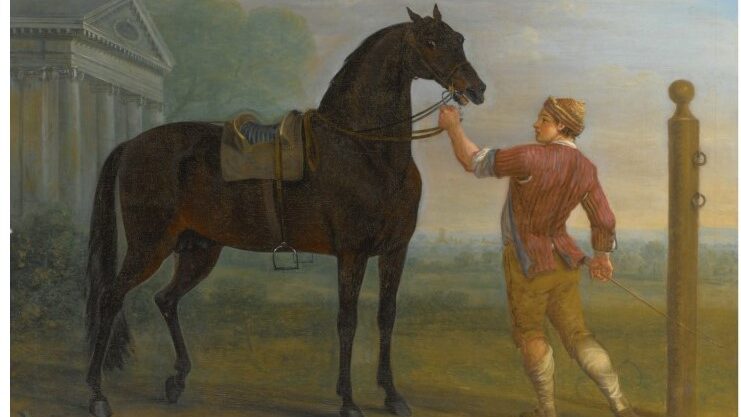
Thoroughbred History: Origins of a Racing Icon
Did you know that the modern Thoroughbred’s incredible speed and agility are the result of centuries of meticulous breeding? Developed in 17th-century England, the Thoroughbred was born out of a quest to create the ultimate racehorse, combining Arabian, Barb, and Turkoman stallions with native mares.
This strategic crossbreeding aimed to merge the Arabian horse’s renowned speed with the strength and endurance of local breeds. The result was a horse capable of dominating the racetrack—a goal achieved through the contributions of three legendary foundation sires: the Byerley Turk, the Darley Arabian, and the Godolphin Arabian.
These sires left an indelible mark on the breed, introducing traits that are now synonymous with Thoroughbreds: speed, endurance, and a fierce competitive spirit. Their influence was cemented with the establishment of the General Stud Book in 1791 by The Jockey Club, which ensured that only horses with verified pedigrees could be registered. This move safeguarded the purity of the breed and set the stage for its dominance in horse racing.
The Thoroughbred’s racing prowess is exemplified by legendary horses such as Secretariat, who set records during his 1973 Triple Crown win, including an iconic 31-length victory at Belmont. Another legend, Man o’ War, with 20 wins in 21 starts, earned the title ‘Horse of the Century’ a century ago.
These examples highlight the breed’s exceptional speed and athleticism, setting the stage for its dominance in horse racing and its influence in other equestrian fields.
Understanding this history has deepened my appreciation for Thoroughbreds. When I work with these remarkable horses, I see firsthand the traits that have been carefully preserved over generations—speed, endurance, and a spirit that never gives up. This heritage continues to shape their role as one of the most influential and celebrated horse breeds in the world.
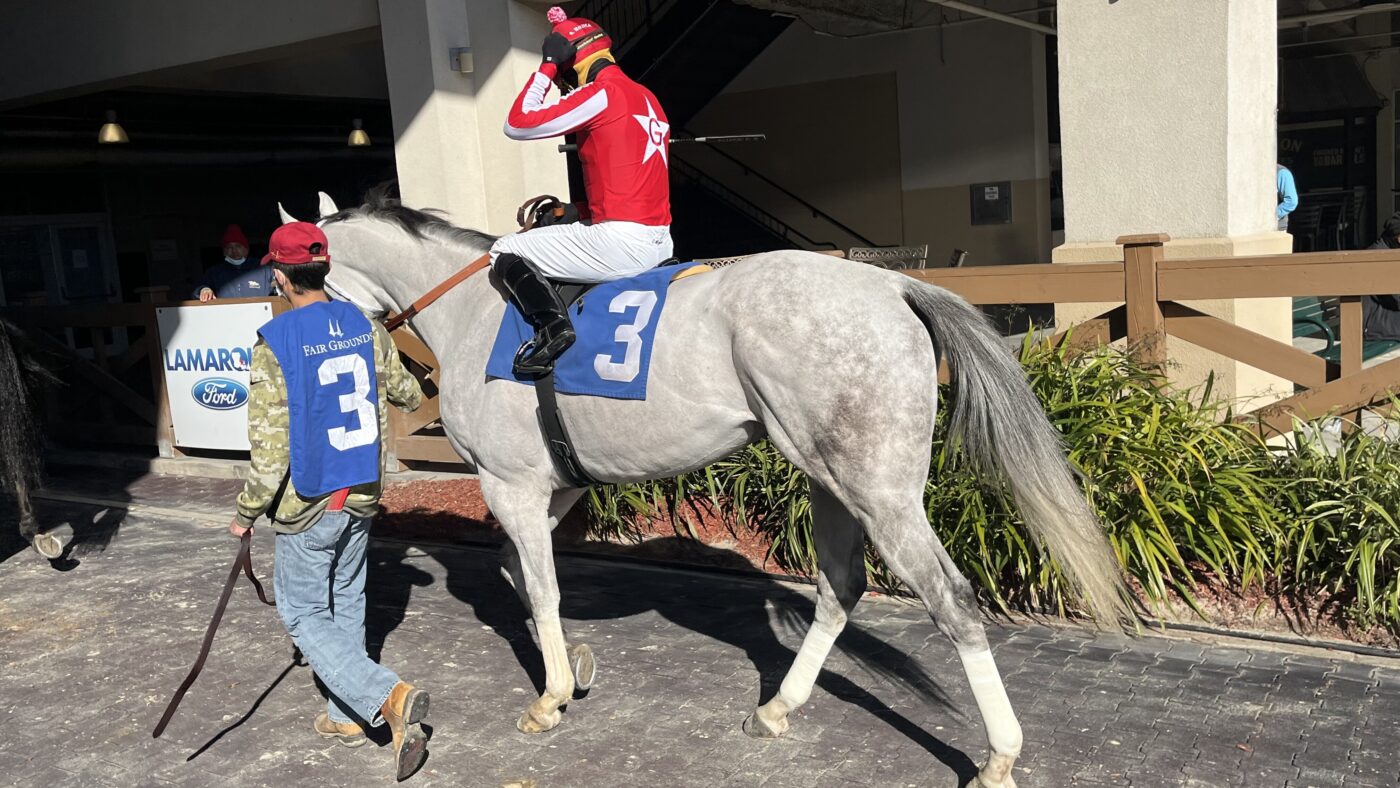
Physical Traits of the Thoroughbred Horse
Thoroughbreds are distinguished by their athletic build, designed for speed and agility. Their physical traits reflect centuries of selective breeding for racing and competitive sports. Here’s an overview of their key characteristics:
- Height and Build: Thoroughbreds typically stand between 15.2 and 17 hands high, showcasing a lean and muscular physique. This build contributes to their remarkable speed and endurance on the racetrack.
- Head and Neck: They possess a refined head with a straight profile, alert ears, and intelligent eyes, complemented by a long, well-set neck. These features enhance both their aesthetic appeal and respiratory efficiency.
- Coat Colors: Thoroughbreds come in many colors, including bay, black, chestnut, gray, and roan. Their sleek and fine coats enhance their elegant appearance.
Pro Tip: A balanced diet rich in omega-3 fatty acids can enhance coat health and shine. - Legs and Feet: Characterized by long, slender legs with strong tendons and well-defined muscles, Thoroughbreds have small, hard hooves. This leg structure is key to their explosive speed and agility.
- Unique Features: A larger heart and greater lung capacity than many other breeds enhance their stamina and performance. Did you know that Secretariat’s abnormally large heart is considered a factor in his record-breaking success?
Beyond their physical attributes, Thoroughbreds’ unique behavioral traits play a significant role in their adaptability and performance in various disciplines, as explored in the next section.
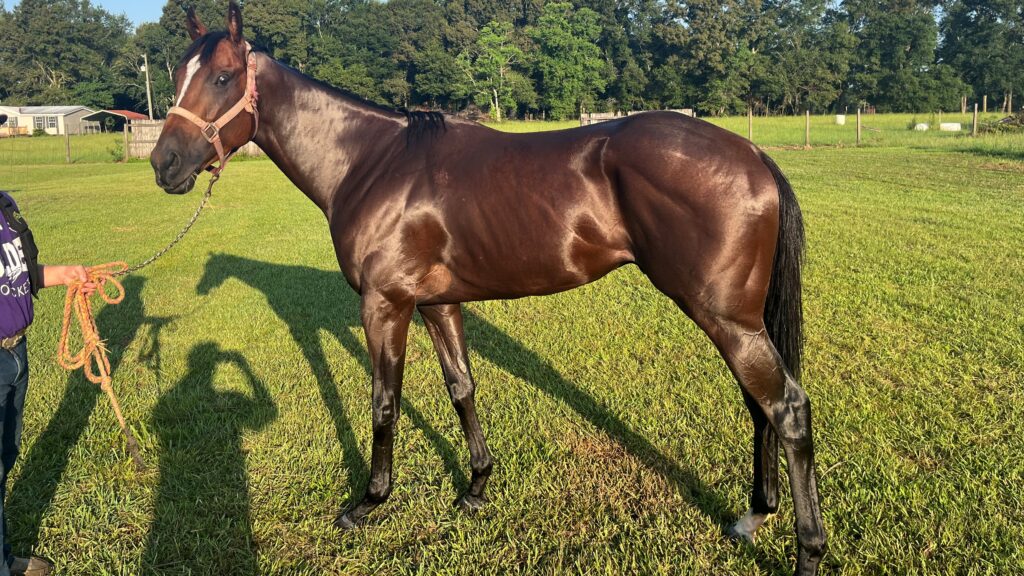
Thoroughbred Temperament: Understanding Their Behavior
Thoroughbreds are known for their unique blend of intelligence, sensitivity, and boldness, which makes them elite racehorses and adaptable companions for experienced handlers. These traits also mean every Thoroughbred has a distinct personality. Over my 25 years with the breed, I’ve encountered a wide range of temperaments, from calm and steady to spirited and high-strung.
For example, Bella, a nervous mare, transformed into a reliable partner through patient training and consistent routines. In contrast, Max, a bold colt, thrived with structured groundwork and challenges that matched his spirited nature. These experiences illustrate how understanding a horse’s temperament is key to building a strong bond.
To explore more about horse temperaments and their suitability for different riders, check out this guide. However, understanding Thoroughbreds’ behavior is only part of the equation; providing tailored nutrition and care is equally crucial to their well-being, as outlined in the next section.
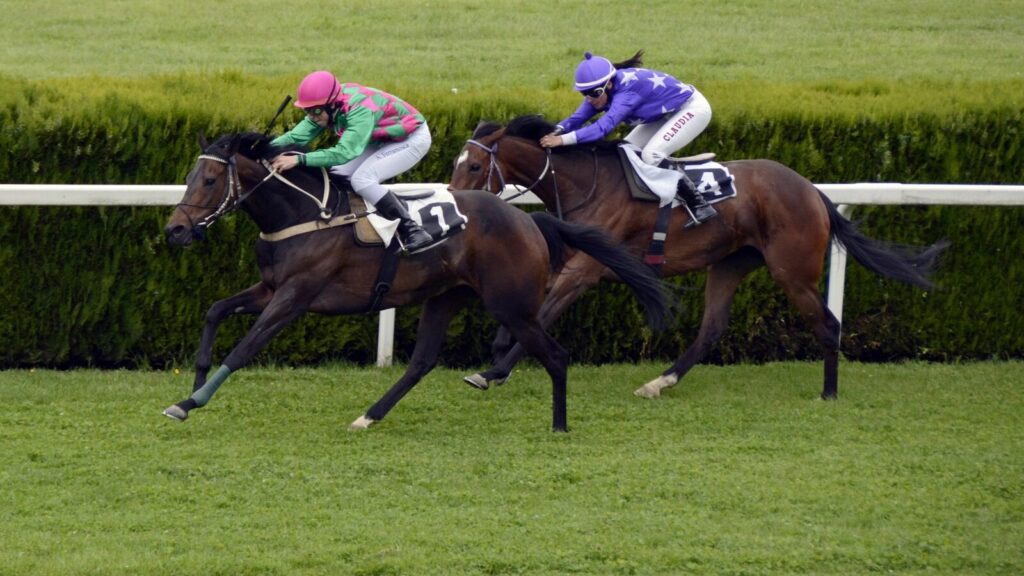
Nutrition and Care for Thoroughbred Horses
Over the years, I’ve learned that proper nutrition is the foundation of a Thoroughbred’s health and performance. Whether it’s choosing the right forage or adding supplements, their care requires attention to every detail.
- Dietary Needs:
- Provide high-quality forage like alfalfa or timothy hay as the dietary foundation, supplemented with grains like oats or barley to meet energy demands.
- Include omega-3 supplements for coat and joint health, probiotics for digestion, and targeted joint supplements for performance.
- Prevent ulcers by ensuring constant forage access and offering small, frequent meals. Alfalfa pellets are an effective stomach acid buffer.
- Preventive Care:
- Follow a consistent vaccination schedule and rotate deworming medications to prevent parasites.
- Schedule routine dental exams to address uneven wear and sharp points.
- Monitor for common health issues such as joint inflammation and respiratory concerns.
Exercise and Conditioning for Thoroughbreds
Regular exercise is crucial for Thoroughbreds, both to maintain their physical fitness and to keep their minds engaged. These high-energy horses thrive with consistent routines that include a mix of light and intense workouts.
- Daily Routines:
Incorporate jogging, cantering, and galloping into their training regimen. Gradually build their endurance to avoid injuries.
Example: With my young Thoroughbreds, I begin with light jogging and gradually increase the intensity over several months to prepare them for racing or other disciplines. - Mental Stimulation:
Boredom can lead to behavioral issues in intelligent horses like Thoroughbreds. Vary their routines with activities like trail rides or obstacle courses to keep them mentally engaged.
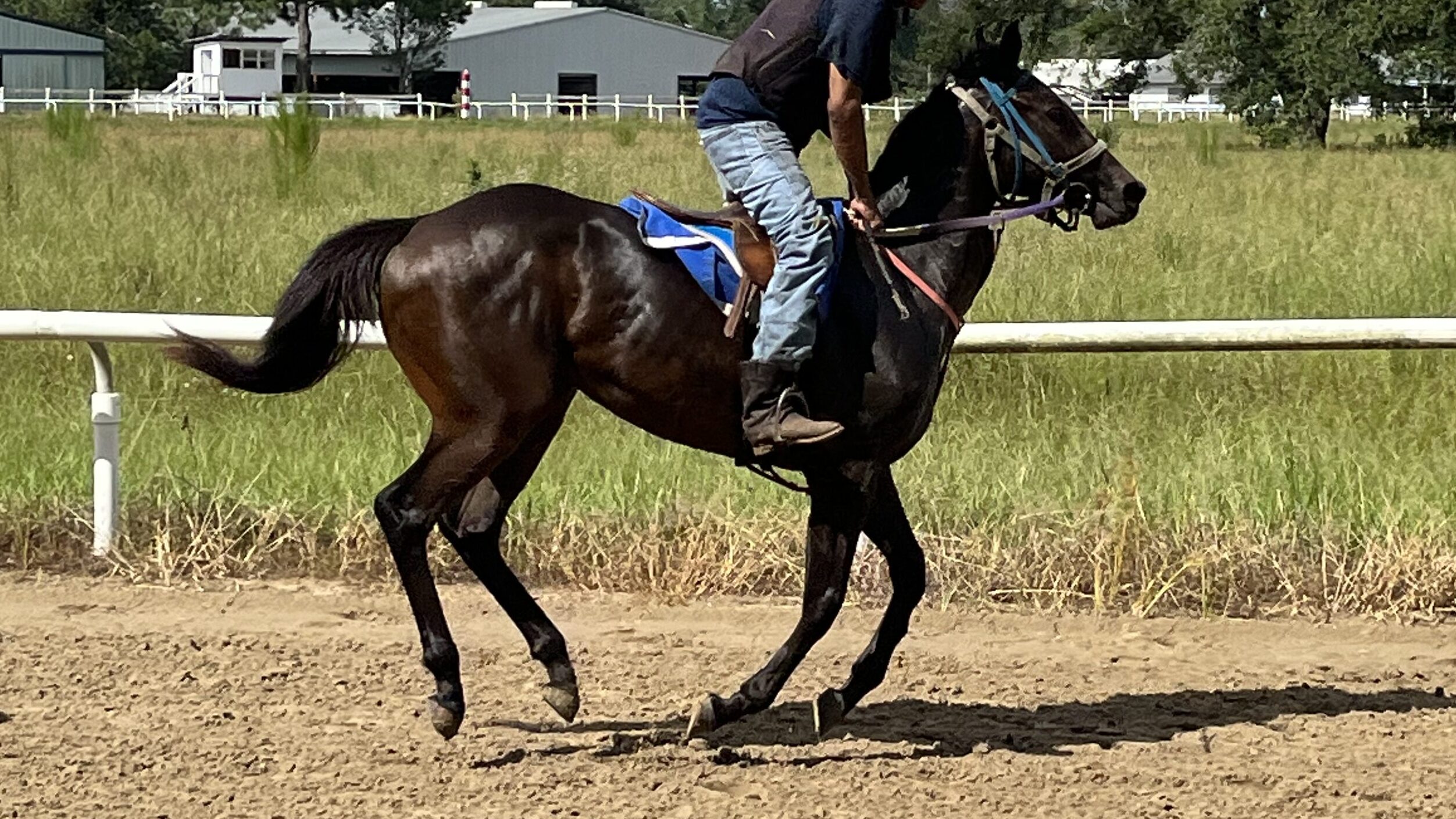
Thoroughbred Grooming and Maintenance
Thoroughbreds’ sleek coats and strong builds require regular grooming and maintenance to ensure they look and feel their best.
- Coat Care:
Daily brushing stimulates natural oils and keeps their coats shiny. To further enhance coat health, feed a diet rich in omega-3s and maintain a regular deworming schedule.
Read more about Horse Coat Nutrition for tips on achieving a glossy, healthy coat. - Hoof Care:
Regular hoof maintenance is critical. Schedule farrier visits every 4–6 weeks to ensure proper trimming and shoeing. Thoroughbreds’ smaller hooves can make them more prone to issues, so early detection is key.
One of my Thoroughbreds, Diamond, struggled with a dull coat despite regular grooming. After incorporating omega-3 supplements and switching to high-quality alfalfa hay, I noticed a dramatic improvement in her coat’s shine and overall energy within a month.
Stress and Energy Management for Thoroughbreds
Thoroughbreds’ sensitive and spirited natures make them prone to stress, particularly in high-pressure environments. Managing their stress is vital for both their mental and physical health.
- Calming Techniques:
Establish a consistent routine to create a sense of security. Use calming supplements as needed during stressful situations like farrier visits or competitions. - Turnout Time:
Daily turnout in a safe paddock allows them to release energy and reduces stress. A balanced lifestyle of work and rest keeps them mentally and physically sound.
Corked, one of my younger colts, often became anxious during farrier visits. By using a calming supplement and ensuring he had a consistent pre-visit routine, he became much more manageable.

Thoroughbred Training: A Guide to Success
Training a Thoroughbred is both a challenge and a rewarding experience. Known for their intelligence, sensitivity, and competitive spirit, Thoroughbreds thrive with skilled handling and structured routines. Whether preparing for the racetrack or transitioning to a second career, their training must account for their unique temperament and athleticism.
Starting Young Thoroughbreds: Building a Strong Foundation
The foundation of any Thoroughbred’s training begins with trust and communication. As young horses are highly impressionable, early experiences set the tone for their future behavior and performance.
- Groundwork:
Groundwork is an essential first step, building trust and teaching young Thoroughbreds to respond to basic cues. Leading exercises, lunging, and desensitization to equipment help them gain confidence and prepare for saddle work. Learn more about effective groundwork techniques in our guide on Horse Training Groundwork.- One of my colts, Max, initially resisted lunging, but consistent, calm sessions helped him learn to focus and respond to cues without becoming overwhelmed.
- Patience and Progression:
Thoroughbreds are quick learners but can become nervous if rushed. Keeping training sessions short—around 15 to 20 minutes—and ending on a positive note ensures they remain engaged.- Pro Tip: Reward progress with verbal praise or a treat to reinforce positive behavior. For tips on shaping behavior, read our article on Positive Reinforcement in Horse Training.
Overcoming Training Challenges with Thoroughbreds
Thoroughbreds’ spirited nature and sensitivity can sometimes lead to training challenges, particularly with young or high-strung individuals.
- Nervousness:
Many Thoroughbreds are naturally high-energy and may exhibit signs of nervousness during training. To address this:- Keep their environment calm and predictable.
- Introduce new elements gradually, such as new tack or environments.
- For particularly anxious horses, calming supplements can help reduce stress during training sessions.
- Bucking and Resistance:
Resistance, including bucking, often stems from confusion or discomfort. Check the fit of your tack, ensure the horse isn’t in pain, and revisit groundwork to rebuild trust. These moments are an opportunity to reestablish connection and confidence.

Training Thoroughbreds for Various Disciplines
Thoroughbreds excel in a variety of disciplines due to their intelligence, athleticism, and willingness to work. Each discipline requires specific training methods tailored to their natural strengths.
Racing
- Build stamina with progressive gallops and sprints to prepare for competition. Training Horses for Speed
Second Careers
- For disciplines like show jumping or dressage, start with groundwork to build trust and balance. Flatwork refines rhythm and focus for new activities. Retired Racehorses and Their New Careers
Notable Examples
- Touch of Class, a Thoroughbred mare, won two Olympic gold medals in show jumping, showcasing the breed’s agility.
- Sea Lord, a retired racehorse, thrived in FEI-level dressage, proving the breed’s adaptability. Off-Track Thoroughbreds
Why Routine and Variety Matter for Thoroughbreds
Thoroughbreds thrive on structure but also benefit from variety to prevent boredom and burnout.
- Establish a Routine:
Consistent training schedules help create a sense of security. Begin with warm-ups, follow with focused exercises, and end with a cool-down. - Incorporate Variety:
Mixing activities like trail riding, pole work, and obstacle courses keeps Thoroughbreds mentally engaged. This is especially important for horses transitioning to non-racing roles.

Practical Training Tips for Thoroughbred Owners
- Start with Groundwork:
Build trust and establish respect before progressing to more advanced training. - Use Positive Reinforcement:
Reward good behavior with praise, treats, or a brief break to reinforce learning. For more strategies, read our article on Positive Reinforcement in Horse Training. - Monitor for Stress:
Watch for signs of stress, such as pinned ears, tail swishing, or excessive sweating, and adjust your approach as needed. - Work with Their Energy:
High-energy Thoroughbreds often perform best after turnout or light exercise to release pent-up energy.
Tip: If you’re new to training Thoroughbreds, seek guidance from experienced trainers or equine behaviorists to develop a program tailored to your horse’s unique needs. For additional resources on the racing world, visit NTRA.
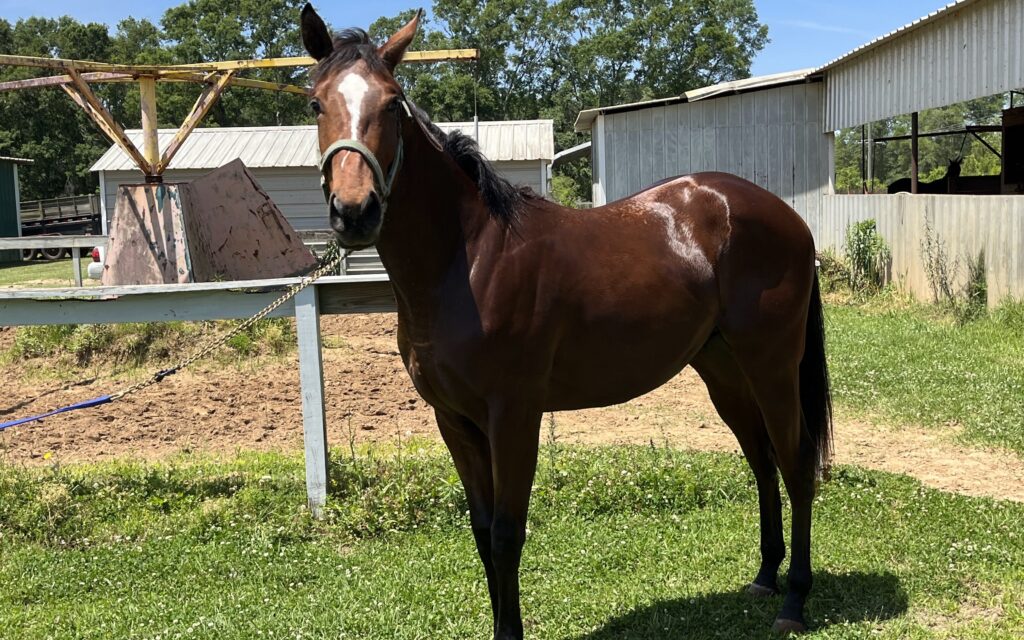
Thoroughbred Versatility: Excelling Across Disciplines
While Thoroughbreds are renowned for racing, their inherent athleticism and intelligence allow them to excel in various other fields, a trait already demonstrated by their lineage and the successes of racehorses like Man o’ War and Secretariat.
Thoroughbreds in Show Jumping and Eventing
Thoroughbreds are natural athletes, and their agility and power make them exceptional in jumping disciplines like show jumping and eventing. Their quick reflexes and ability to navigate technical courses set them apart in these highly competitive arenas.
- Show Jumping:
Thoroughbreds have proven their versatility in show jumping. Touch of Class, a Thoroughbred mare, won two gold medals at the 1984 Los Angeles Olympics, showcasing the breed’s agility and heart. She also set a record for clearing jumps in six consecutive rounds without faults, proving that Thoroughbreds can excel beyond the racetrack (Source).- Many retired racehorses transition successfully into show jumping careers, leveraging their speed and athleticism to excel in timed events. Learn more about showjumping horses.
- Eventing:
In eventing, Thoroughbreds are often chosen for their stamina and bravery. Custom Made, an off-the-track Thoroughbred, won an individual gold medal in eventing at the 2000 Sydney Olympics with rider David O’Connor. His cross-country prowess demonstrated the breed’s ability to adapt and thrive in multi-discipline competitions (Source). - For more on how Thoroughbreds transition to new careers, explore our article on Retired Racehorses and Their New Careers.
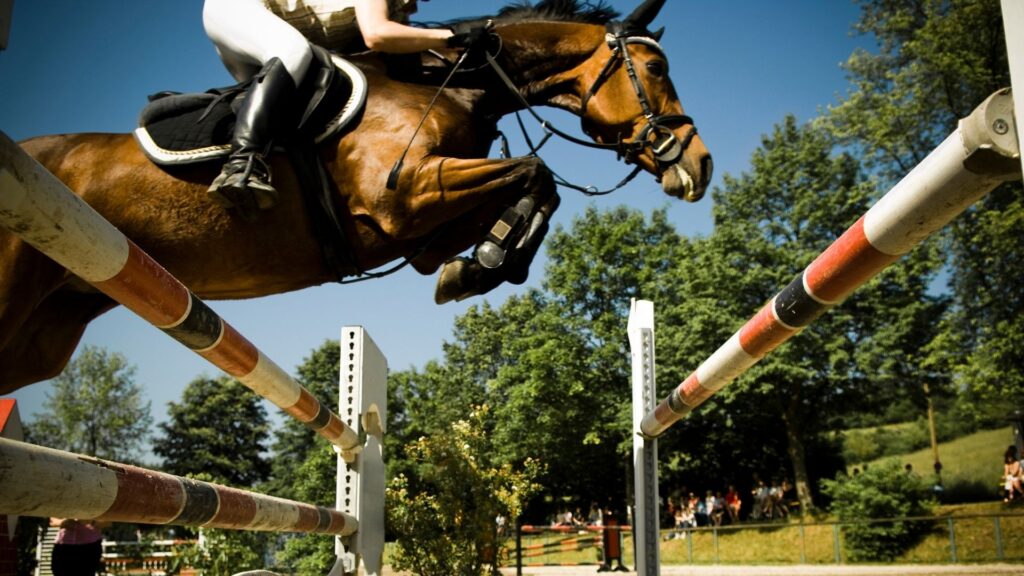
Thoroughbreds in Dressage: Intelligence and Grace
While Thoroughbreds are less common in dressage, they can shine with proper training. Sea Lord, a retired racehorse, transitioned to dressage under the guidance of rider Allison Springer. His success in FEI-level dressage tests showcases the breed’s intelligence and adaptability (Source).
After her racing career, Bella began dressage training. Initially, she resisted the slower, precise movements, but incorporating trail rides between sessions helped her relax and focus. Over time, she mastered lateral movements, showcasing the intelligence and versatility Thoroughbreds are known for.
Thoroughbreds as Trail and Companion Horses
Thoroughbreds’ endurance and versatility make them excellent trail riding partners. Their stamina allows them to handle long rides, while their intelligence helps them navigate challenging trails.
- Trail Riding:
Thoroughbreds’ calm temperament—once trained—enables them to excel in leisure activities like trail riding. They are especially suited for riders looking for a horse with both energy and reliability. - Companion Horses:
Due to their sensitivity and ability to bond with handlers, Thoroughbreds are also wonderful companion horses. Their loyalty and responsiveness make them enjoyable to work with, whether in a competitive or casual setting.
Competitive Riding: The Versatility of Thoroughbreds
Beyond traditional disciplines, Thoroughbreds continue to demonstrate their versatility in competitive environments. They are increasingly recognized for their success in hunter classes, endurance riding, and even polo.
- Hunter Classes:
Their graceful movement and striking appearance make Thoroughbreds favorites in hunter classes, where they are judged on style and form. - Endurance Riding:
Thoroughbreds also excel in endurance riding, where stamina is crucial. Elmer Bandit, a Thoroughbred cross, set a North American record for competitive trail mileage with over 20,000 miles logged. His achievements highlight the breed’s ability to handle long distances and challenging terrain (Source). - Polo:
Thoroughbreds are highly sought after in polo due to their agility and speed. Many top polo players, including Adolfo Cambiaso, rely on Thoroughbreds for their quick acceleration and sharp turns. Retired racehorses often transition to polo careers, proving their versatility in yet another competitive sport. (Source)- One of my Thoroughbreds, a young gray filly, exemplified this transition. She ran hard and finished second in a few maiden races but wasn’t competitive enough to make it as a racehorse. An Argentine polo player saw her potential and offered to buy her for polo. She was the perfect size for the sport—not too tall—and her agility and willingness made her an ideal candidate for his team. Learn more about the horse breeds used in Polo.
Thoroughbreds’ versatility is a testament to their selectively bred traits—speed, stamina, and intelligence. From racing legends like Secretariat to show jumping icons like Touch of Class, their adaptability shines across disciplines. Whether dominating the racetrack or excelling in dressage and trail riding, their athleticism and willingness to work make them irreplaceable in equestrian sports.
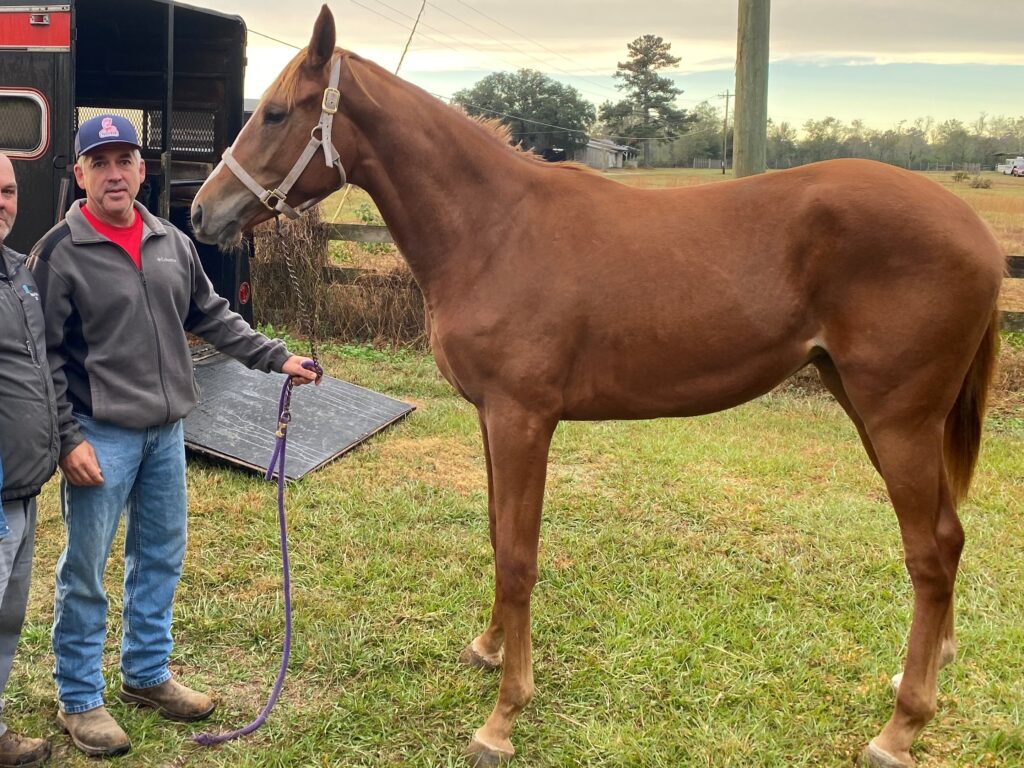
FAQs About Thoroughbred Horses
Below are answers to common questions about Thoroughbreds to enhance your understanding of this incredible breed. If you have other questions about Thoroughbreds? Drop them in the comments below—I’d be happy to answer.
How fast can a Thoroughbred horse run?
On average, a Thoroughbred can run about 35 miles per hour. The world’s fastest Thoroughbred, Winning Brew, was recorded running at 43.97 miles per hour. More on Thoroughbred speed
Do all Thoroughbreds share the same birthday?
Yes, every Thoroughbred celebrates its birthday on January 1, except for those born in the Southern Hemisphere, where their birthdays are recognized on August 1.
What is the average lifespan of a Thoroughbred horse?
Thoroughbreds typically live 25–30 years with proper care. Their lifespan can be influenced by factors such as diet, exercise, and preventative health care.
Are Thoroughbreds suitable for beginner riders?
Thoroughbreds are generally not recommended for beginners due to their sensitivity and high energy. However, with proper training and handling, some Thoroughbreds can be calm and steady enough for experienced novices. Read Best Horse Breeds for Beginner Riders.
What are common health issues in Thoroughbreds?
Thoroughbreds are prone to specific health issues, including ulcers, joint problems, and soft tissue injuries. Regular preventative care, a balanced diet, and routine veterinary checkups are crucial for managing these risks. To address joint concerns, consider incorporating horse joint supplements and other aids.
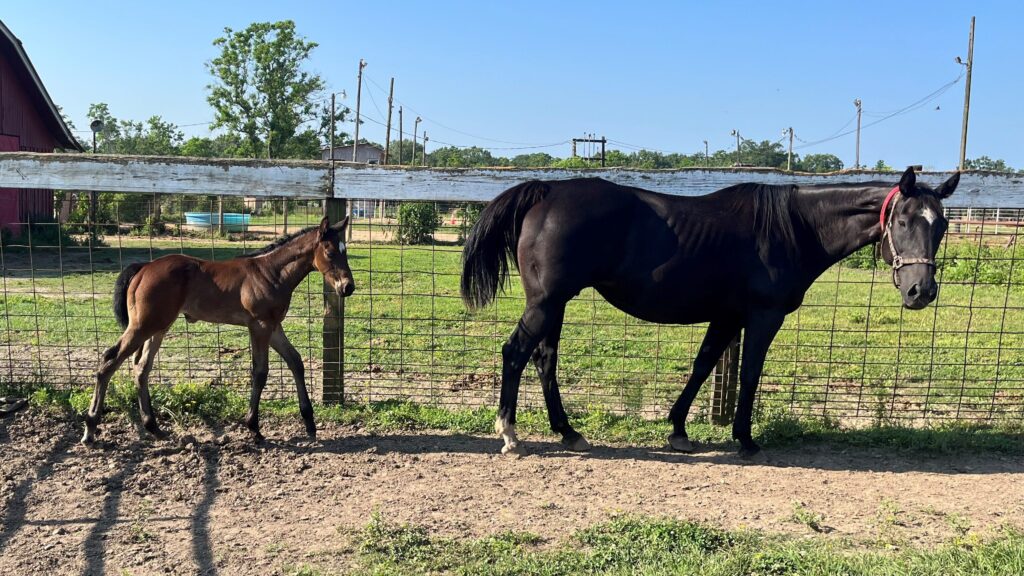
Thoroughbred Horse Breed: Final Thoughts.
Thoroughbreds are much more than elite racehorses; they embody the essence of speed, intelligence, and versatility. Whether dominating the racetrack, excelling in dressage, or enjoying a relaxed trail ride, this breed consistently proves its adaptability and resilience.
After over 25 years of working closely with Thoroughbreds, I remain inspired by their unique personalities and boundless potential. From their carefully preserved lineage to their modern-day accomplishments, these horses hold a special place in the equestrian world—and in my heart.
If you’re considering working with a Thoroughbred or simply want to learn more, explore the resources linked in this article. Have questions or your own Thoroughbred stories? Share them in the comments below—I’d love to hear them!
For more insights, dive into related articles such as Thoroughbred Genetics: Breeding for Speed or Horse Breeds That Race.
Your engagement enriches this community, so let’s keep the conversation going. What do you love most about Thoroughbreds? Let us know below!
To truly appreciate the versatility and unique traits of Thoroughbreds, watch this video showcasing their characterisics Click below and be inspired!
This article is a culmination of many years of hands-on experience with Thoroughbreds, combined with thorough research and a commitment to accuracy.
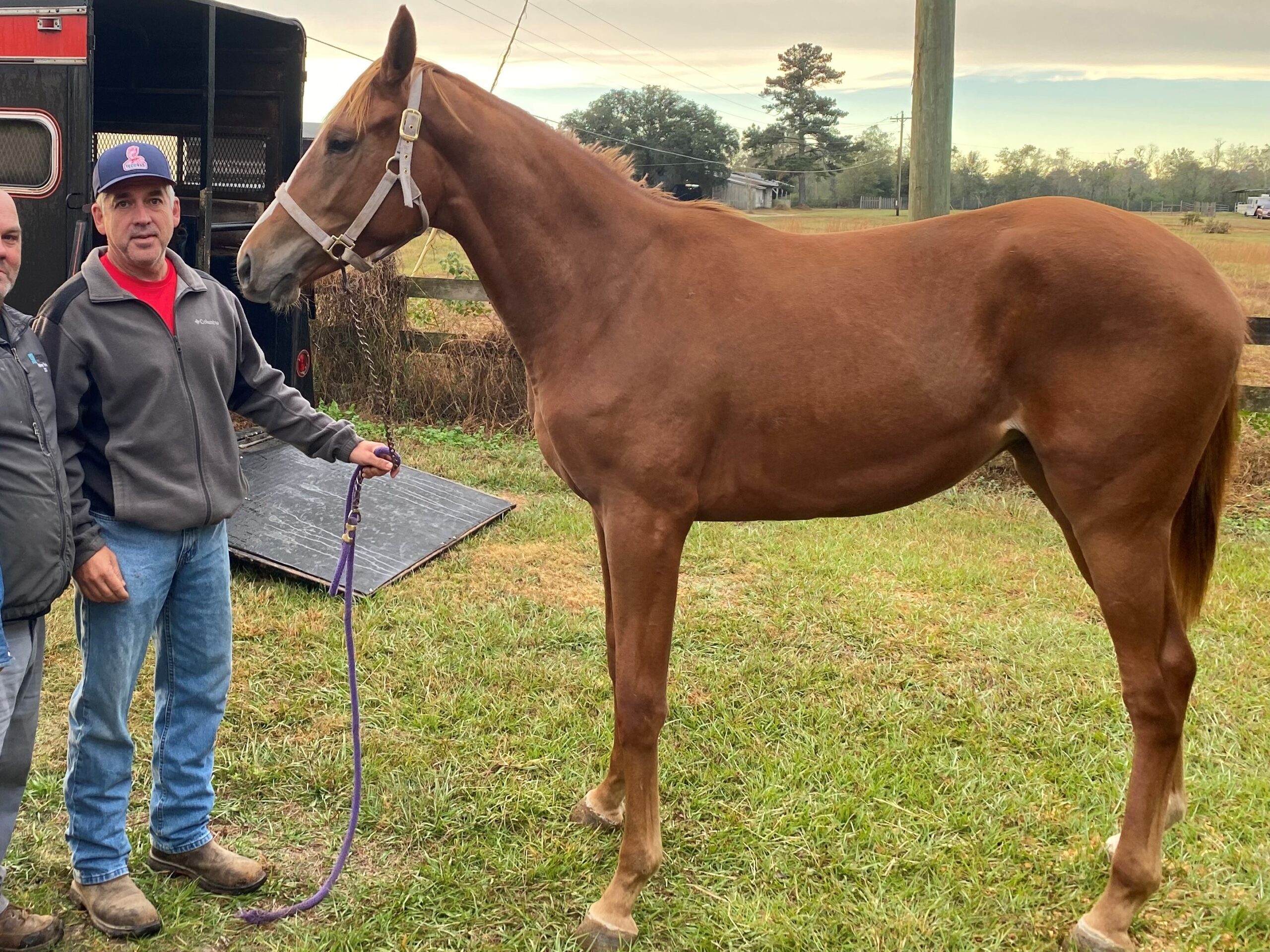
About the Author: Miles Henry
Lifelong Horseman | Racehorse Owner | Published Author
Miles Henry brings over 25 years of hands-on experience training and owning Thoroughbred racehorses. Raised with Quarter Horses and Appaloosas, he’s spent a lifetime learning from horses—on the track, in the barn, and in the field. Today, he runs a small but successful racing stable in Louisiana and shares real-world insights on HorseRacingSense.com, helping horse owners, fans, and bettors navigate the sport with confidence.
📚 Books: View Miles’s books on Amazon »
🎧 Podcast Guest: Animal Tales Ep. 32 |
YouTube Interview
📩 Newsletter: Sign up for racing tips and horse care advice »
🔗 Follow Miles:
Twitter |
Facebook |
YouTube


